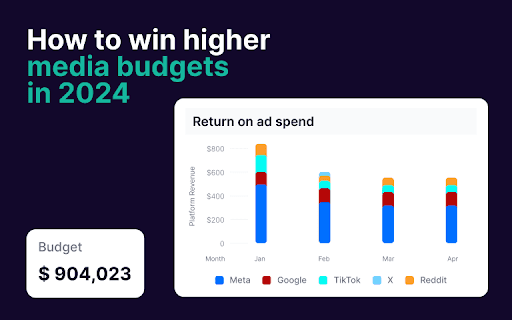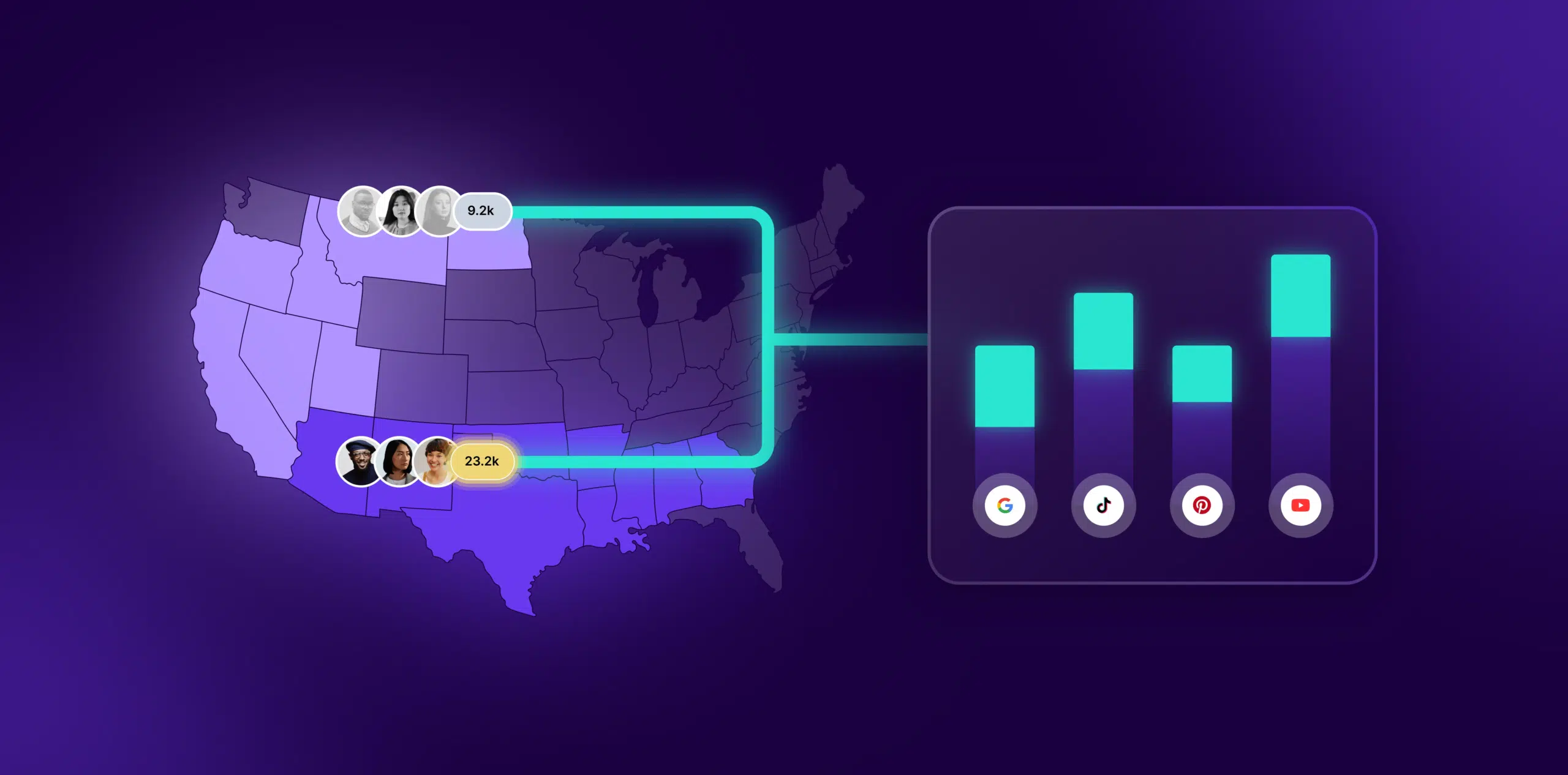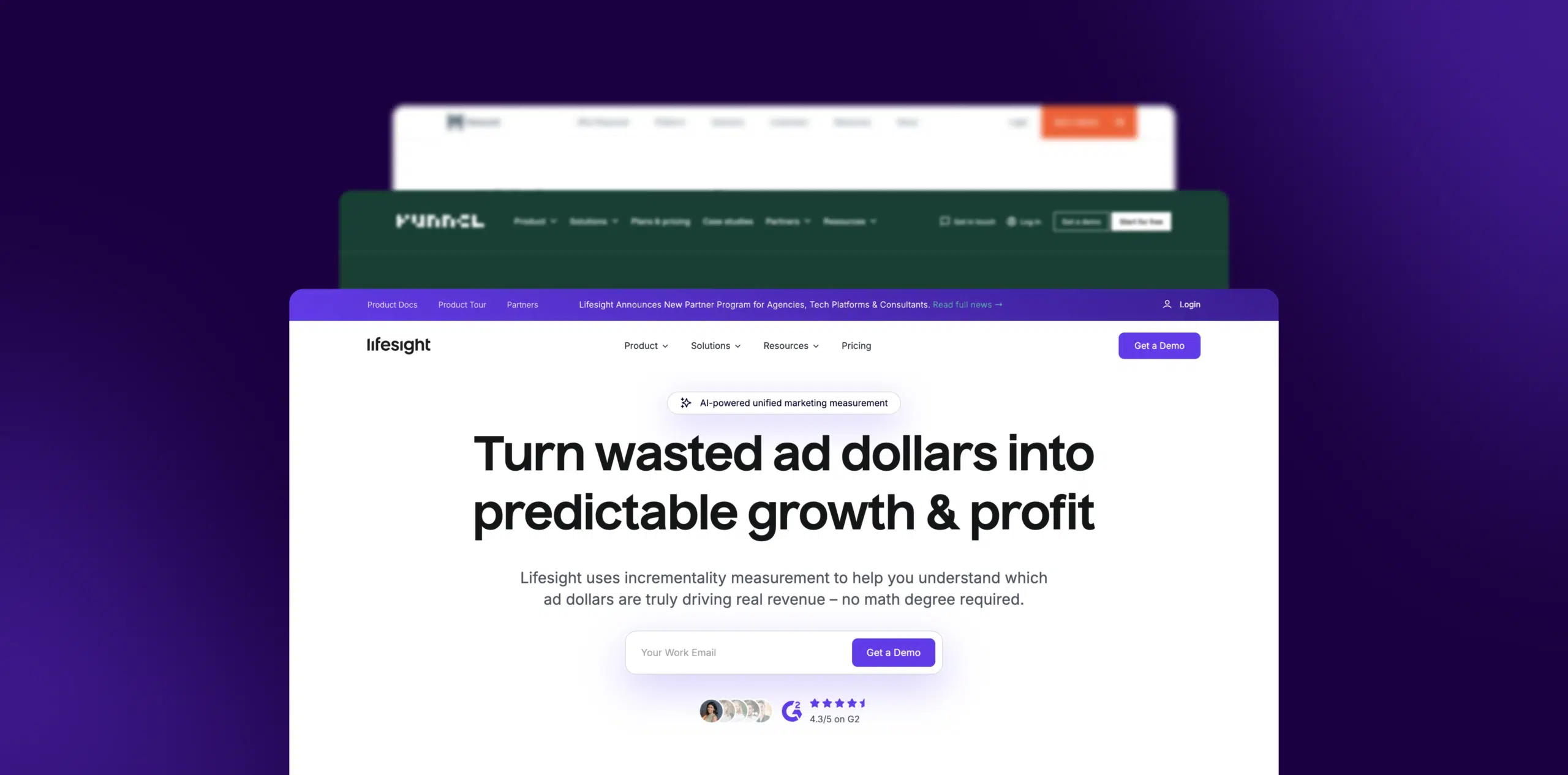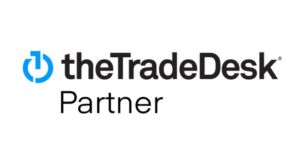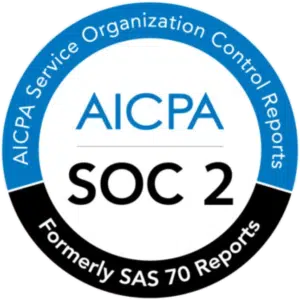What is Test Group?
A Test Group refers to a subset of a target audience that is exposed to a particular marketing campaign, product, or intervention. This group is used in experiments to measure the effectiveness of the marketing efforts by comparing their responses or behaviors to those of a control group, which does not receive the intervention.
Example
For example, a retailer launching a new promotional campaign might create a Test Group that receives a special discount offer via email, while the control group does not receive the offer. By comparing the purchase rates between the two groups, the retailer can assess the effectiveness of the discount promotion.
Why is Test Group important?
Test Groups are important because they allow marketers to isolate the effects of a specific intervention and determine its true impact on consumer behavior. This helps in making data-driven decisions and optimizing marketing strategies based on actual performance rather than assumptions.
Which factors impact Test Group?
Several factors can influence the outcomes of a Test Group, including the sample size, the randomness of selection, external variables, and the duration of the test. Ensuring that the Test Group is representative of the broader target audience is crucial for obtaining reliable results.
How can Test Group be improved?
To improve the effectiveness of Test Groups, businesses should ensure proper randomization, use adequate sample sizes, and control for external variables that might influence outcomes. Conducting multiple tests and using advanced statistical methods can also enhance the reliability and validity of the results.
What is Test Group’s relationship with other metrics?
Test Groups are closely related to metrics like Conversion Rate, Click-Through Rate (CTR), and Return on Investment (ROI). While Conversion Rate measures the percentage of users who take a desired action, CTR tracks the percentage of users who click on a link, and ROI assesses the profitability of the marketing effort.
Free essential resources for success
Discover more from Lifesight

